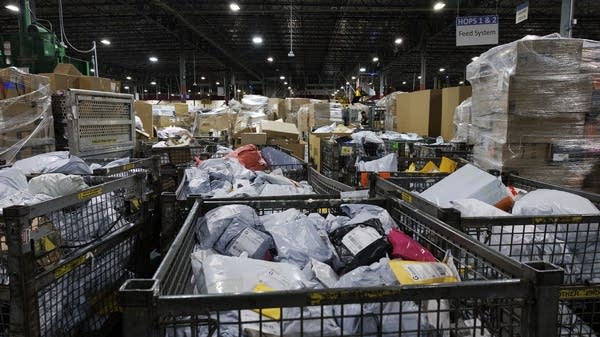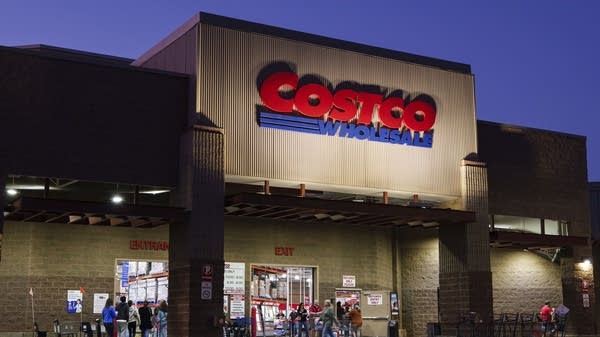How tariffs on steel and aluminum could show up on your grocery bill
Tariffs on steel and aluminum impact everything from packaging to the bottom lines of stores like Walmart.

What’s the first thing you thought about when you heard President Donald Trump was doubling tariffs on steel and aluminum? The price of groceries? Yeah, no, us neither.
President Trump campaigned on the promise that he would lower prices, including food prices. But his decision to double tariffs on steel and aluminum to 50% is likely to have the opposite effect, including when it comes to grocery bills.
“Tariffs on inputs like steel and aluminum may not seem that connected to food, but they are critical for packaging,” said David Ortega, a food economist and professor at Michigan State University.
He said to think about all those canned goods you buy: canned tuna, soda, beer, pet food. They’re all packaged in steel or aluminum.
Usha Haley, a professor at the Barton School of Business at Wichita State University, said most of it is imported.
“The United States just does not produce enough steel. And the U.S. imports nearly 70% of tinplate steel that manufacturers use for cans of fruits, vegetables, essential foods and pet foods,” she said.
If these tariffs remain in effect, she said, we’re likely to start seeing all sorts of prices go up at the grocery store. And not just on canned goods.
For instance, if companies that currently use aluminum to package certain products, like soda, start using more plastic instead, that could cause plastic — and anything packaged in it — to get more expensive, too.
“There are also indirect costs. The costs of transportation, the cost of fixing up trucks etc.,” Haley said. All of which also get more expensive as steel and aluminum do. And that can trickle down into the prices we pay for pretty much everything at the store.
John Clear, a partner on the retail team at AlixPartners, said retailers are in a tough spot: “Consumers are super conscious of all the price increases, so they know they’re losing trust. But also they don’t have a lot of room in their margins to continue to swallow costs,” he said.
Especially after pandemic supply chain issues and the inflation that followed.
So say a company that sells canned vegetables does decide to pass along the increased cost of a steel can to customers?
Clear said that might only be an extra two to five cents.
“Which doesn't seem a lot. But a can of sweet corn at Walmart is like 42 to 45 cents,” he said.
So an extra five cents would make it cost about 10% more. A lot of people buying canned fruits and vegetables are on SNAP benefits, Clear said, which already don’t go very far.
“So if you think that's replicated across a number of items within their basket every week, suddenly that actually becomes quite impactful, and will ultimately mean that they probably buy one less unit,” he said.
Which again, might not seem like a lot, but if you’re a big company like Walmart and thousands of customers start buying one less can of corn at thousands of stores, it adds up.













